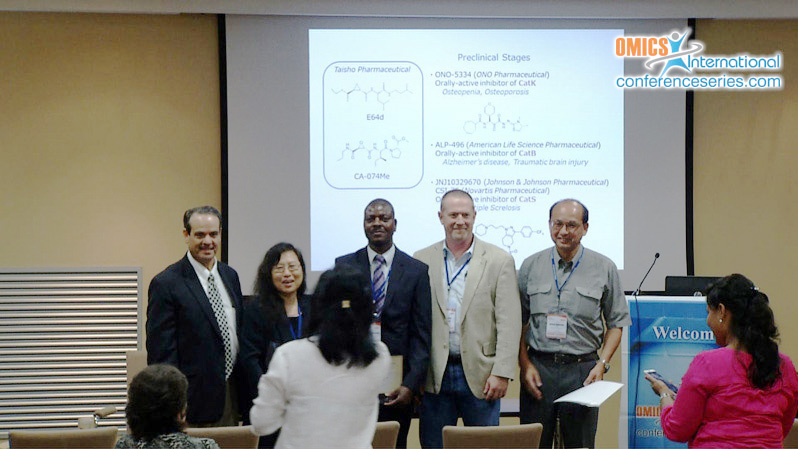
Fakhir Salman
Mutah University, Jordan
Title: Fibrin sealant-Bi mechanical properties and bio-compatibility
Biography
Biography: Fakhir Salman
Abstract
Fibrin sealant “fibrin glue" is a unique surgical hemostatic/adhesive material. It is a natural, biocompatible and biodegradable material, resembling the final step of the coagulation cascade. It is composed of cryoprecipitate, thrombin and anti-fibrinolytic agent. Fibrin sealant is being utilized with increasing frequency in a variety of surgical situations with a wide range of clinical applications for suture support, tissue adhesion, and hemostasis. In clinical use, many factors may influence the outcome like; the time of clotting onset, the duration before lysis, biocompatibility, as well as some of its biomechanical properties such as tensile strength and elasticity. The aim of this study was to assess the optimization of the biomechanical criteria which are important for the surgeons for each specific surgical task. The method that we use is to synthesis fibrin glue with different concentrations and additions (tranexamic acid, platelets). Then we monitor the clotting times, durations need for clot to lysis, as well as explore the biomechanical behavior (tensile strength and elasticity). Synthesis of the glue revealed significant increase clotting times and durations for clot lysis when cryoprecipitate concentration was increased and when tranexamic acid or platelets are added to the glue. The elasticity tests clarified that the increase of cryoprecipitate concentration or tranexamic acid addition to fibrin glue formula caused significant higher elasticity. On the other hand, platelets or both tranexamic acid and platelets additions caused significant decrease elasticity results, which increase with time. The tension tests revealed that the increase of cryoprecipitate concentration or additions of platelets or both tranexamic acid and platelets caused significant higher resistance to tension, and this resistance decreases with time, while the addition of tranexamic acid alone causes a significant decrease in tension results, which increase with time. The biocompatibility was studied for all the components by a rat models with severed sciatic nerve was employed to evaluate the clinical efficacy of the glue. The results present gradual clinical improvement of the paralyzed leg with symmetrical bilateral movements at 6 weeks to 2 months duration. In conclusion, changing the concentration of the cryoprecipitate in relation to the thrombin and the addition of tranexamic acid and or platelet can change the duration, elasticity and tensile strength to make it compatible for specific operation.

